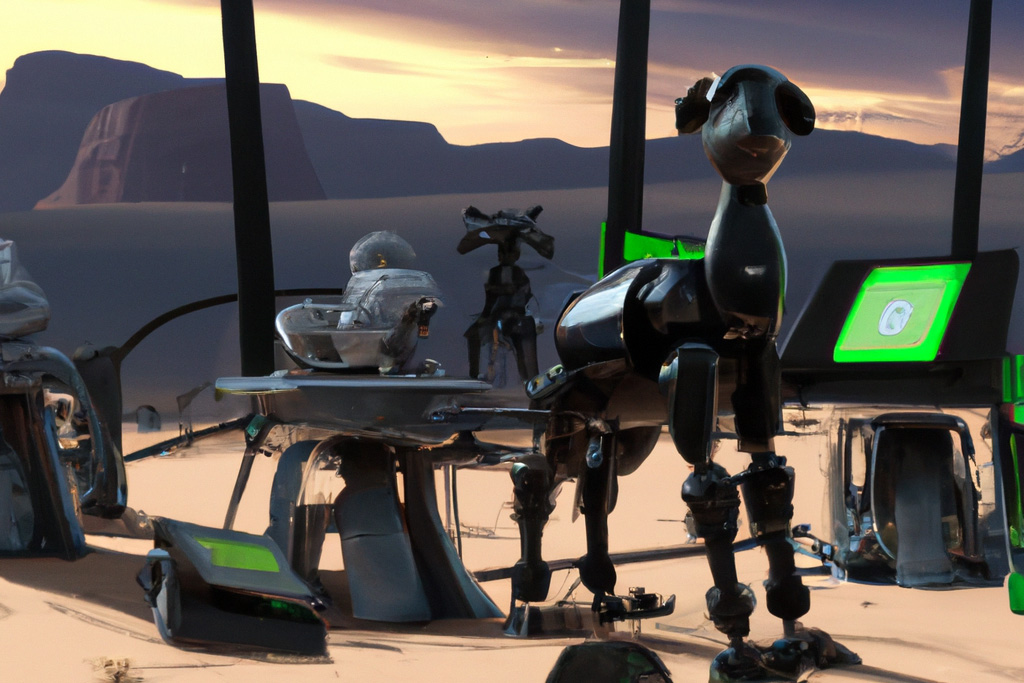The introduction of new types of vehicles, including connected and smart vehicles, leads to an evolving mixture of vehicles in road traffic. It also creates new behaviors. The research in CART aims to promote road traffic safety and performance in such new environments encompassing a variety of operational design domains.

Project introduction and motivation
If vehicles could share information, that holds the potential for reducing the so-called “information gap”, e.g. to be able to see around the corner. Such capabilities can be further enhanced with a supporting digitalized infrastructure that not only provides communication, but also sensing in critical areas such as intersections, and edge computing to support off-loading of compute intensive tasks, assessment of information from multiple sources and traffic coordination. In such a setting, dependable data capture and sharing would provide opportunities to enhance tactical and operational collaboration between road users, thus promising to promote traffic safety and performance.
Despite extensive efforts, however, it has thus far not been possible to reap synergies for such collaborative traffic systems. Such systems constitute “systems of systems” with many stakeholders, where business models, technical standards, liability and safety concepts need to be established.
While cloud and certain telematics services are already in extensive use, they generally lack the ability to support critical real-time interactions. The progress of cellular networks (5G and beyond) with the emergence of edge computing are now creating opportunities through a digital infrastructure that will be explored in this project. The fact that automated vehicle safety challenges remain to be solved for “ego-vehicle centric approaches”, also drives further research into collaborative road traffic.
While connectivity promises to resolve the information gap, there is no free lunch. The open nature of road traffic systems makes them vulnerable to attacks and sensitive to the predictability of the collaborative services (including those provided by the supporting digital infrastructure). The increasing complexity provides more potential failure modes and hazards that may “fire back” and jeopardize safety if not properly considered in system design. There are further trade-offs that need to be investigated relating to cost, complexity, performance, achievable safety and overall end-to-end trustworthiness. Future collaborative solutions thus need to be guaranteed to provide adequate trustworthiness in terms of predictability, safety and security.
The CART project therefore relates closely to the TECoSA focus areas of Safety, Security and Predictability, and has close ties to the SMEDE infrastructure project which explores predictability and cyber-security for the edge- based infrastructure.
For such new types of systems there is need to develop new methodologies and architectures, and importantly, to provide means for “safe evaluation” in terms of controlled experiments. This project has the goal to support experiments for connected, collaborative and automated road traffic, leveraging (part of) the infrastructure and testbed assets provided in the core project COLA.
TECoSA core projects:

CART
The research in CART aims to promote road traffic safety and performance in such new environments encompassing a variety of operational design domains.

SMEDE
The SMEDE project applies novel approaches to managing communication and computing resources, focusing on ensuring security in the edge computing environment.

COLA
The goal of the COLA project is to facilitate the development of learning-based, multi-agent, real-time autonomous systems with humans in the loop by edge computing.